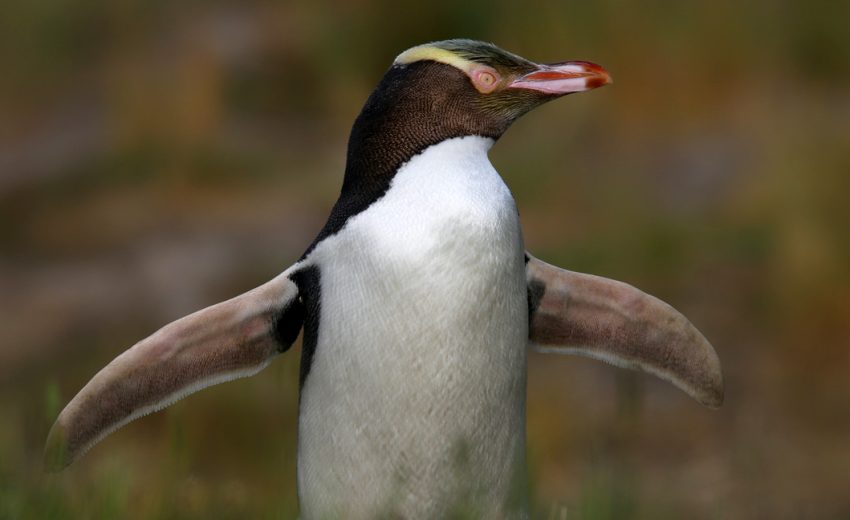The yellow-eyed penguin, aka hoiho or yellow-crowned penguin, hails from southern New Zealand down to Stewart Island, and stretching even further south to the sub-Antarctic islands of
- Zoology
- Daily Critter Facts
- For Teachers
- Study Guides
- Diseases & Parasites
- Contact

